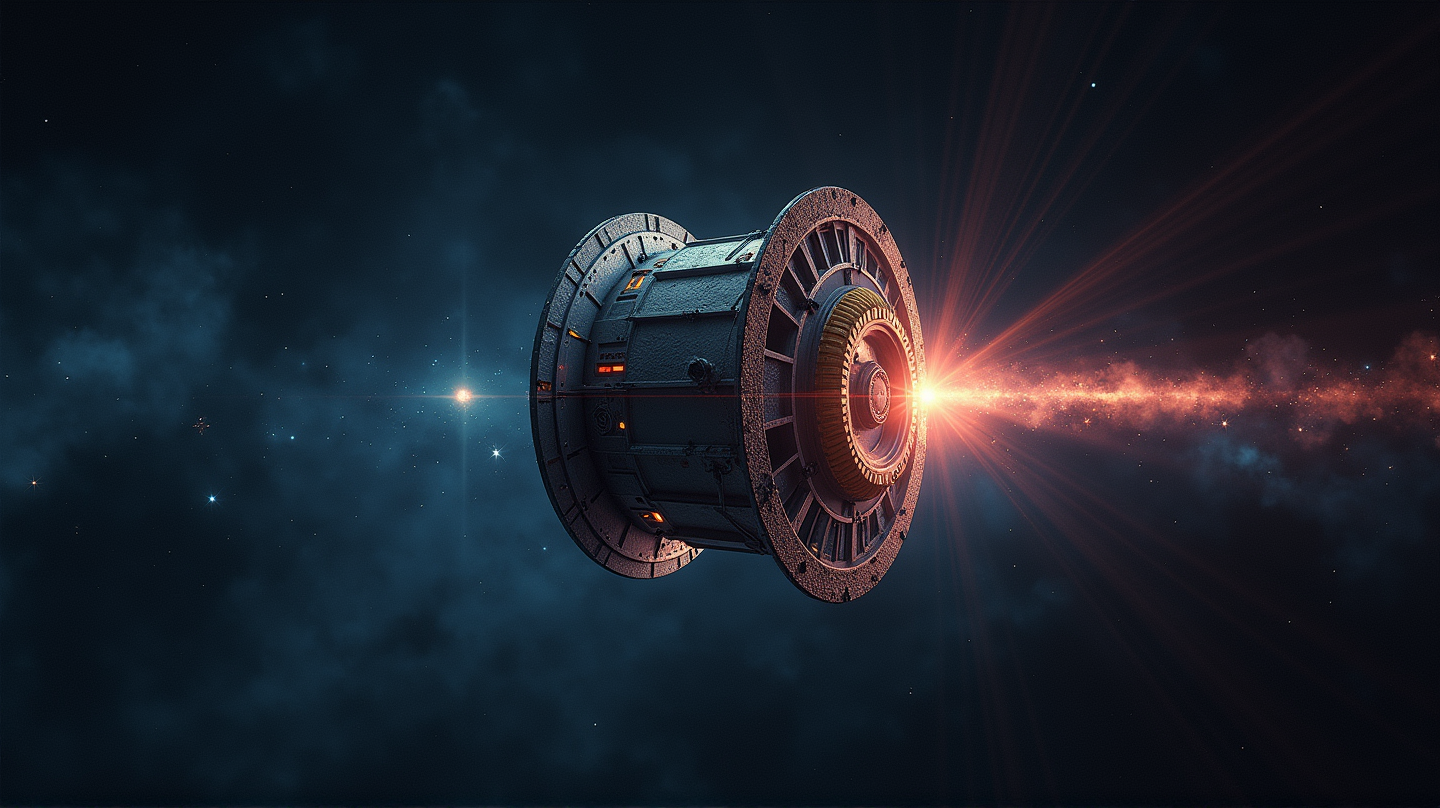NASA's Ghost Satellite's Shocking Return to Life
Defunct for decades, the NASA satellite unexpectedly emits a potent signal, sparking scientific intrigue.

In a surprise that has gripped the astronomical community, a NASA satellite, dormant for nearly 60 years, has suddenly burst into a new, albeit brief, phase of life. Emitting one of the most powerful radio signals ever recorded, this unexpected event has raised eyebrows and curiosity alike.
The Enigmatic Flare
The satellite, known as Relay 2, was launched in 1964 to aid in communications and study Earth’s radiation belts. Declared defunct in 1967 after both its transmitters failed, Relay 2 was long considered space debris. Yet, against all odds, it has reawakened to issue a profound radio pulse. According to Daily Mail, this brief flare became the brightest object in the sky, outshining galaxies for just a nanosecond.
A Cosmic Detective Story
Western Australia’s radio telescopes detected this astonishing signal, originally believed to be an interstellar phenomenon. However, it was quickly identified as originating merely 2,800 miles above Earth, a mundane setting for such an astronomical beacon.
Theories Abound
Possible causes of this dramatic burst include an electrostatic discharge—a release of electrical energy—possibly from microparticles colliding with the satellite. Dr. Clancy James of Curtin Institute of Radio Astronomy has been leading research on this puzzling event, emphasizing its uniqueness compared to typical cosmic signals.
Not Just a Flash in the Sky
The pulse’s estimated power exceeded three million janskys, a unit of radio wave intensity, translating to something more vivid: a hundred billion times stronger than common smartphone signals. Its remarkable strength, despite its transient existence, is both bewildering and exciting for experts studying space’s electrical phenomena.
A Reverberation of Concerns and Opportunities
While this surprise from a long-silent man-made object might cause astronomers concern over potential misidentification of celestial sources, it also offers a beacon of learning. Dr. Karen Aplin, a space weather expert, suggests that such occurrences could inform new techniques for studying discharges in space environments, heralding advancements in our understanding of satellite interactions with cosmic forces.
The secrets harbored by this vintage NASA satellite remind us that even the most unassuming pieces of space history can reawaken, sending echoes of intrigue through the cosmos.

